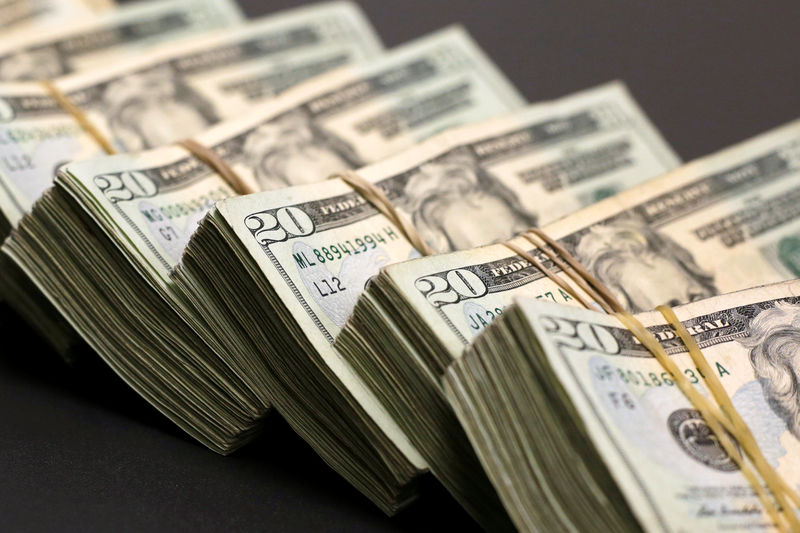Who is Kevin Hassett? Wolfe looks at the Trump ally tipped to become Fed Chair.
By Geoffrey Smith
Investing.com -- U.S. inflation surged to its highest rate since the eve of the 2008 financial crisis in April, as last year's collapse in oil prices and a nascent economic recovery combined to generate the kind of number that many market participants have feared.
The consumer price index rose 4.2% from a year ago, according to government data released on Wednesday, well above consensus forecasts for 3.6%. However, the 0.8% rise in prices in April alone made clear that the spike wasn't entirely a result of distortions from last year, when crude oil prices briefly dipped below zero against a Covid-19-driven collapse in demand.
Even when stripped of some of their more volatile elements, the data were ugly: the core CPI, which excludes food and energy prices, rose 0.9% on the month, its biggest monthly rise since the early 1980s. That left core inflation running at a rate of 3.0%.
The biggest factor behind the jump appeared to be a 10% rise in prices for used cars and trucks, which was in turn due to various factors such as the reopening of more of the economy, an aversion to using mass transit amid lingering infection risks, and a shortage of inventory from the auto industry because of the global chip shortage. That rise was the biggest since the government started tracking it in 1953 and it accounted for over a third of the seasonally-adjusted increase in the overall price level.
Other items that the Department of Labor Statistics said had a big impact on the numbers were housing, airline fares, recreation, vehicle insurance, and household furnishings.
The data had an immediate impact on expectations for monetary policy, despite repeated assurances from the Federal Reserve that it will 'look through' what it considers to be a transitory spike in prices. Reuters reported that short-term interest rate futures now reflect 100% certainty that the Fed will hike rate by the end of next year, rather than wait until 2023, as its official guidance indicates. The yield on the 10-Year Treasury bond meanwhile rose some 5 basis points to 1.66%, a two-week high. The Treasury is due to auction some $41 billion of 10-year notes later Wednesday.
The Fed has indicated it doesn't expect a problem with the general level of prices, which it sees as different in nature from the abrupt shifts in relative prices for certain categories of goods and services as consumer spending patterns adapt to the reopening of the economy. For the present, it is more concerned about the level of slack in the labor market, where over 16 million people are still claiming benefits related to unemployment, and the pace of hiring fell well short of expectations in April
“The outlook is bright, but risks remain, and we are far from our goals," Fed Governor Lael Brainard said on Tuesday. “Remaining patient through the transitory surge (in prices) associated with reopening will help ensure that the underlying economic momentum that will be needed to reach our goals . . . is not curtailed by a premature tightening of financial conditions. ”The numbers come against a backdrop in which a growing number of data points suggest greater price pressure ahead. Commodity prices have been on a tear all year, with lumber – a key input for housing construction costs – more than doubling since the start of the year.
However, analysts argue that the Fed is unlikely to be swayed, not least since the central bank prefers to take its cues from a different measure of inflation, the personal consumer expenditures price index. This index responds more quickly to shifts in consumer spending patterns and is more correlated to the experience of those on lower incomes.
“Trend PCE (inflation) is still below 2%,” said Roberto Perli, head of global policy research at Cornerstone Macro and a former Fed staffer, via Twitter. “The Fed won’t be impressed, even aside from temporary factors.”
